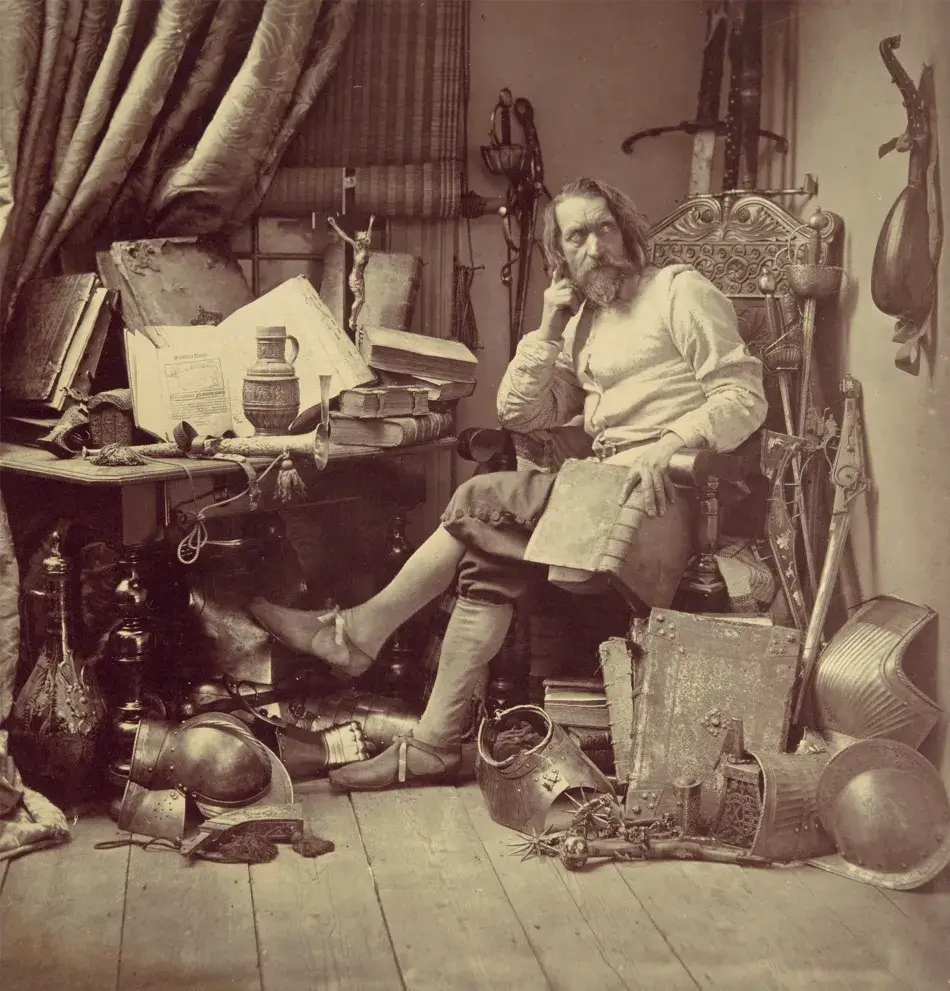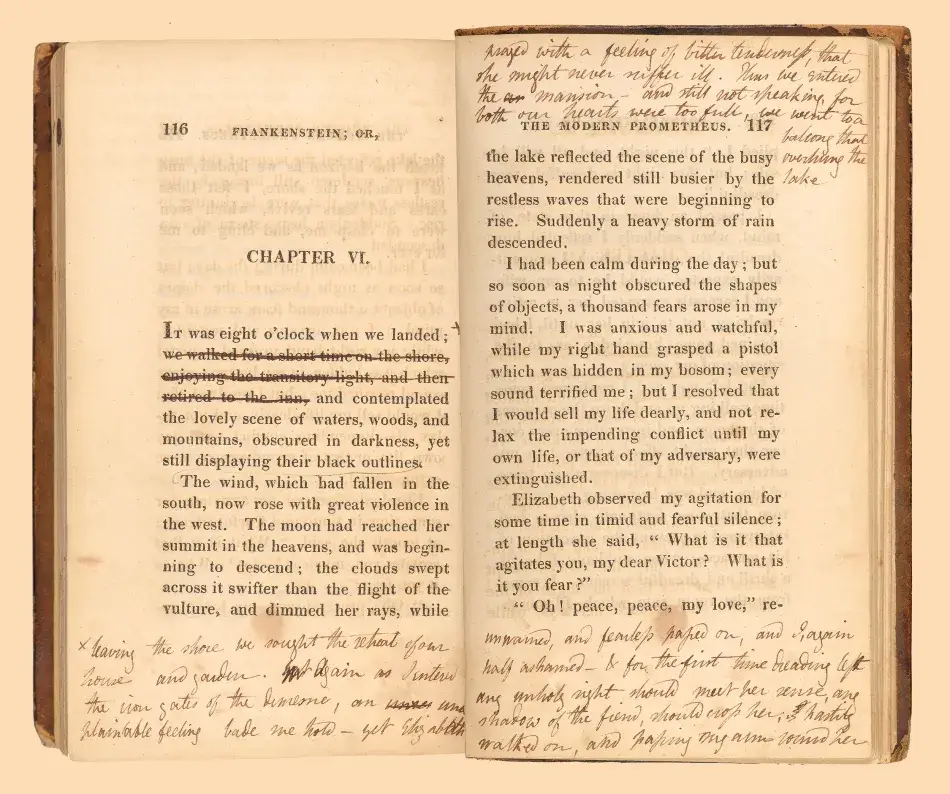
We know what a novel is, but can we say the same about the novel?
E. M. Forster called it “any fictitious prose work” “over 50,000 words.” Dictionaries describe it using terms like complexity, invented, imaginative, and degrees of realism. Georg Lukács asserted that, “The novel is the epic of a world that has been abandoned by God.” Others suggest that the worlds of the novel (the one it lives in and the one it presents) are zones of contingency, places where Providence has no jurisdiction. But each definition will eventually fail us; for each attempt, there are exceptions. So rather than contemplate what the novel is, a more interesting question here might be: what does the novel do?
How each author and text deals with “the real” (or avoids it) offers the reader the opportunity to reflect on their own perception. Henry Fielding’s avoidance of the truth, for example, asks us to think about our various distances from it. (It is not that he does not believe in virtue. He just cannot see any direct connection “in this world” between virtue and reward: he thinks we need a novelist and a fictional plot for that.) And Jane Austen saw the author’s role as one to resolve discrepancies while allowing the readers to see, if they so choose, what the resolution costs. Some novels seek our assent: the world is like this, is it not? Others ask us to speculate and report on our findings. They say, what if the world were like this? Novels may correct, invert, or replace the real or go out of their way to reproduce its minute details, but the engagement with the missing or magnified referent will always be a part of the reader’s experience. This is as true of the novels of Ursula Le Guin as those of Tolstoy.
The Winter 2021 issue of Dædalus “On the Novel,” guest edited by Michael Wood, features fourteen essays that, rather than surveying or summarizing the fate of the novel, offer remarkable insights into the behavior of this versatile literary form, glimpses of where and what it has been and where it may go in the future.
Simon Goldhill explains that the novel is much older than scholars used to think. Jonathan Greenberg describes a recent attempt not to write a novel (or to write a nonnovel) that happily failed in the end. Nancy Armstrong and Wai Chee Dimock in different ways trace shifts in dominant patterns. Sharon Cameron and Garrett Stewart follow the movements of language and the inescapability of word-play. Rey Chow and Austin Sarfan show us surprising connections between the novel and the television serial. Eric Hayot wonders whether video games, like many novels, are condemned to their violent happy ends. Daphne Brooks shows how a novel can become an opera that in turn begets an unfinished cultural narrative full of racial mythologies. Ruth Yeazell reports and reflects on many years of reading the novels of Henry James with undergraduate students. Robyn Creswell shows how the novel in Arabic uses poetry as its foil and secret companion. For Franco Moretti, the theory of the novel diverges in novelistic ways from the theory of tragedy. And Lorrie Moore, a novelist and a short story writer, suggests that the novel, however faithful it tries to be to the etymology of its name, cannot shake off its sense of history, and does not really try.

The Winter 2021 issue of Dædalus “On the Novel” features the following essays:
Losing Track of Time
Jonathan Greenberg (Montclair State University)
“On the Novel” is available for free on the Academy’s website at www.amacad.org/daedalus. In January 2021, Dædalus became an open access publication.